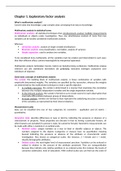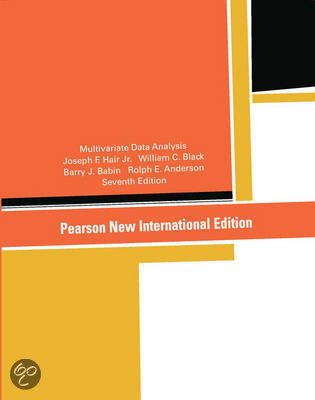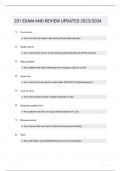Samenvatting
Summary Book Hair / Samenvatting boek Hair (chapter 1, 3, 4, 11 & 14)
- Instelling
- Radboud Universiteit Nijmegen (RU)
Summary of chapter 1, 3, 4, 11 and 14 of the Book Multivariate Data Analysis: Pearson International Edition of Hair et al.
[Meer zien]






